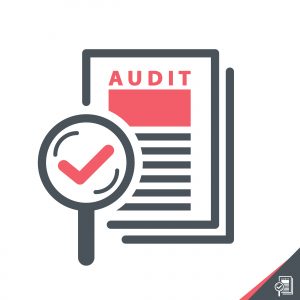Compliance Perspective – Medicare Ratings:
The Compliance Officer should review the facility’s policies and procedures on sufficient staffing with the Compliance Committee and determine if the facility is collecting and submitting payroll data that reflects and provides supporting documentation for the staffing levels of both salaried and hourly nursing staff. The Administrator and the DON will be involved in ensuring that both federal and state staffing requirements are being met. The Compliance Officer will ensure that an appropriate staff person (i.e., shift supervisor) audits to determine that the required Actual Staffing Roster is posted daily in the required locations and meets requirements.
The star ratings of almost 1,400 nursing homes were lowered recently by Medicare due to their having either an inadequate number of registered nurses or for failing to provide the payroll data that would demonstrate having the required coverage of nurses.
Although the Affordable Care Act of 2010 required nursing homes to collect and publish payroll data on their staffing, it was only recently that Medicare began to rely on that data for its ratings rather than the unverified reports that nursing homes submitted. The review of these payroll records disclosed that 1 in 11 nursing homes in the U.S. had staffing levels primarily of registered nurses that were lower than had been reported by the nursing homes.
Medicare requires that nursing homes have a registered nurse who works at least eight hours every day. Registered nurses (RN) are the “highest-trained caregivers required to be in a nursing home, and they supervise other nurses and nursing aides.
A representative from an association of nonprofit providers of aging services attributed the lowered ratings mostly to a shortage in the workforce.
A Kaiser Health News analysis reported that more for-profit nursing homes had a significantly lower average of nurses and aides than were found at nonprofit and government-owned nursing homes. The data analyzed also showed that staffing in nursing homes fluctuates considerably. For example, depending on the day, the average nursing home may have one licensed nurse for as few as 17 residents or as many as 33 residents. On a best day scenario, a certified nursing assistant may care for nine residents, but on a worst day will need to care for 16 residents. Staffing was the sparsest on the weekend, with an “average of 11 percent fewer nurses to providing direct care and 8 percent fewer aides.”
For-profit nursing homes averaged 16 percent fewer staff than the other two categories and the largest in the number of registered nurses. In the for-profit side there was only one RN for every 43 residents and on the non-profit side there was one RN for every 28 residents. For-profit facilities make up 70 percent of the total nursing homes and are reported to repeatedly have lower staffing.
















































































